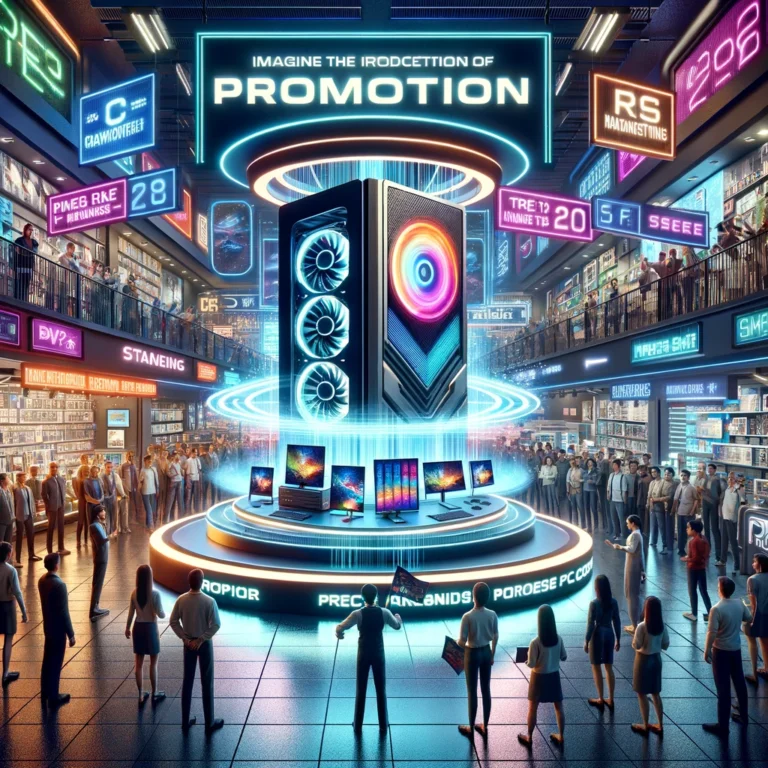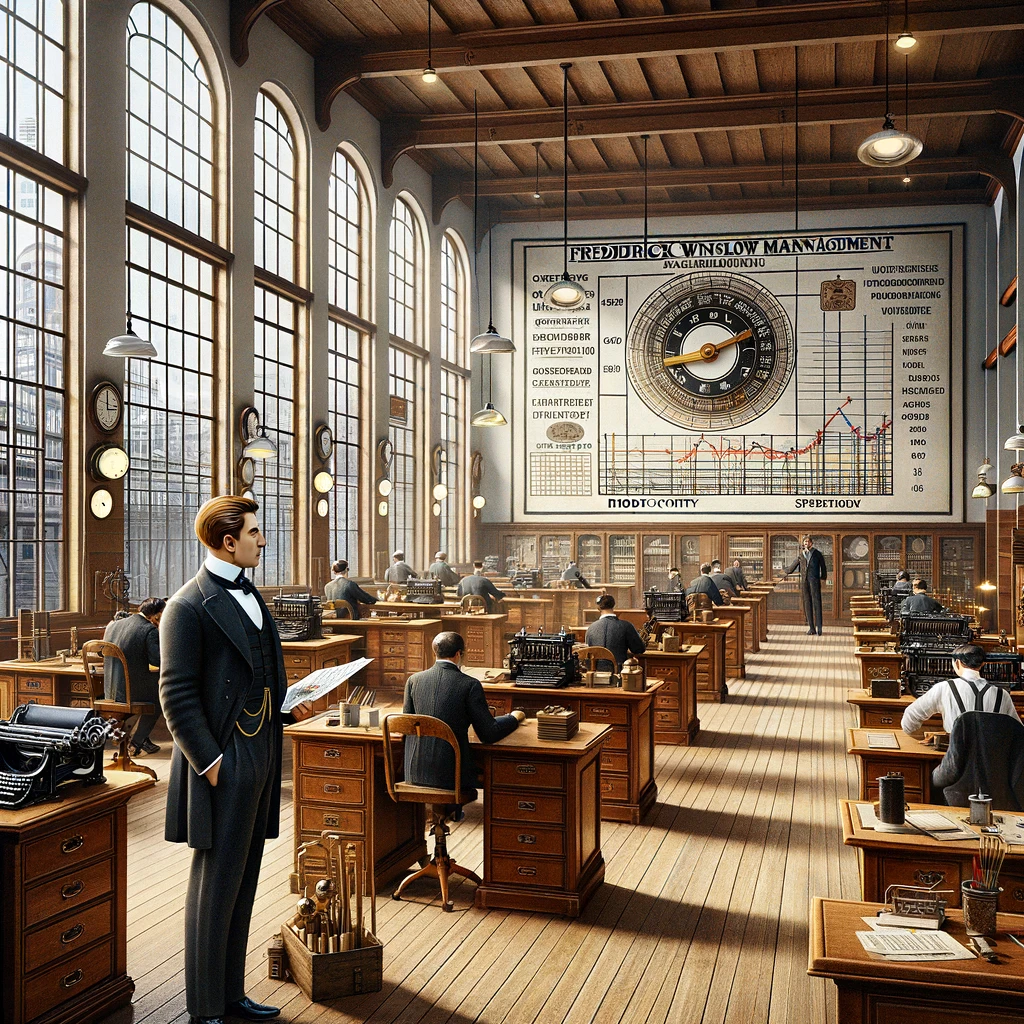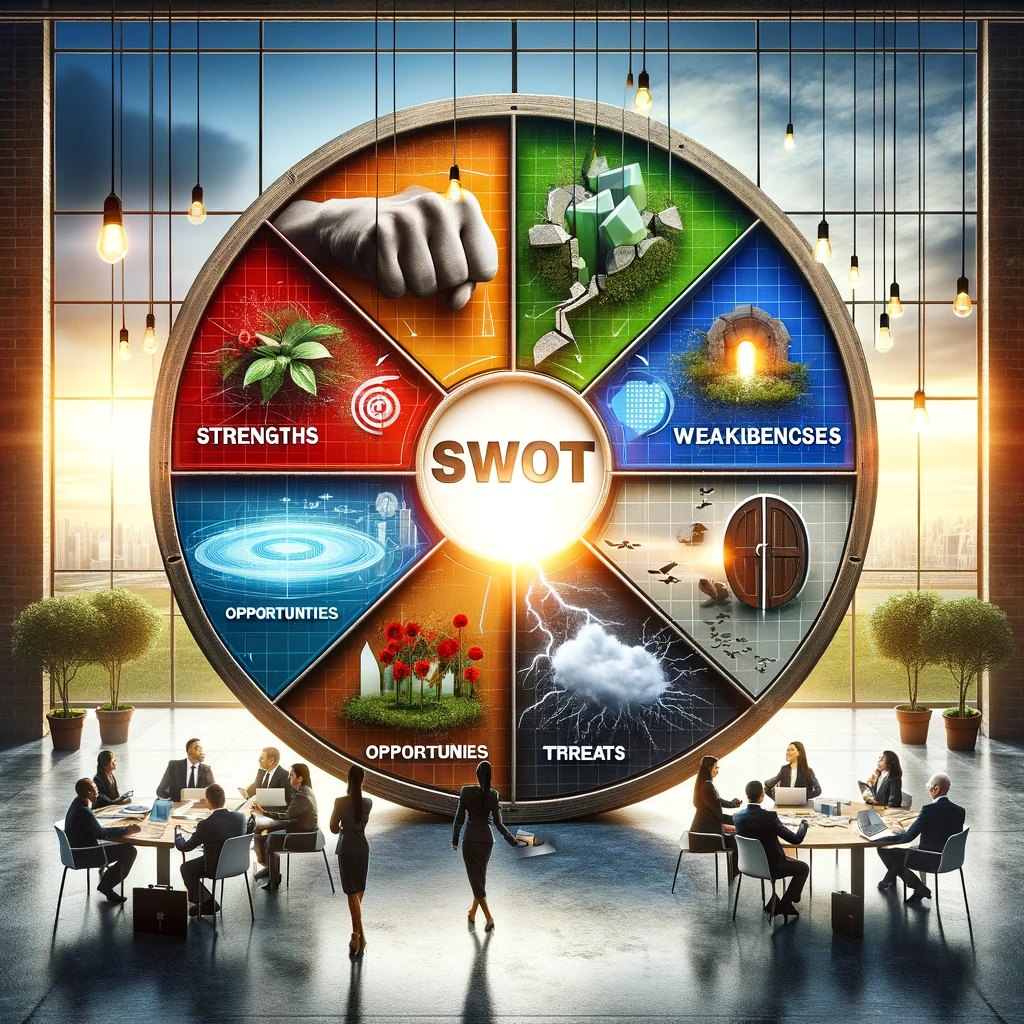Promotion the attempt to draw attention to a product or business in order to gain new customers or to retain existing ones.
There are two different types of promotion: above-the-line and below-the-line promotion.
Above-the-line promotion
Promotion through independent media such as TV and newspapers. These allow a business to reach a wide audience easily. It is also called advertising, which is a form of communicating between a business and its consumers where the business uses images or sounds in the media to encourage the purchase of the products.
Types of advertising media:
Television: appropriate for big businesses that sell consumer goods to mass markets.
Newspaper: appropriate for mass markets and for targeting a particular audience or market segment.
Radio: can be used for both, targeting a wide audience or a local audience (through a local radio station).
Posters and billboards: appear on variety of locations and carry small messages. The billboard grabs attention better if it is large and uses vivid imagery.
Internet: the cheapest form of advertising that helps target very large groups of people due to increased number of internet users nowadays.
Below-the-line promotion
Any promotion that is not advertising. It is carried out by methods over which the business has direct control, which allows the business to aim the message at consumers who are either known to them or who have been chosen in advance.
Types of below-the-line promotion:
PR (Public relations): an attempt by a business to communicate with groups that form its public, such as government, shareholders, employees and customers. The aim is to increase sales by improving the image of the business and its products (through, e.g., press conferences, press releases, donations, sponsorships etc.)
Merchandising: an attempt to influence consumers at the point of sale. The aim is to encourage sales of a product and speed up the rate of stock turnover.
Sales promotion: the incentives offered to consumers to encourage them to buy goods and services. They are intended to give short-term boost to the sales of a product (through, e.g., coupons and loyalty cards, product endorsements, product placing, free offers etc.)
Direct selling: also called personal selling, occurs when a company’s sales team promotes a product through personal contact (e.g., over the telephone, meetings etc.)
Direct mailing: Sending information about a product or product range through the post.
Exhibitions and trades.
The promotional mix
- Advertising: developing awareness, perception, knowledge at attitudes.
- Personal Selling: Relying on sales representatives to directly persuade customers to buy.
- Public Relations: activities aimed at establishing and protecting the desired image of a company.
- Sales Promotion: short-term incentives created to stimulate demand for the product.
- Internet presence: social media, online advertisements etc.
Technology and promotion
- Viral marketing.
- Social media marketing.
- Social networking.
Guerrilla marketing
Achieving conventional marketing goals using unconventional methods.
Example:
- Advertisements in odd locations: on buses, in the toilet, etc.
- Wearing extravagant outfits to attract attention.
- Shock tactics.
Promotion encompasses the strategies and tactics a business uses to communicate with its target audience, aiming to increase awareness, interest, and ultimately, sales of a product or business. It’s a critical component of the marketing mix, designed to inform, persuade, and remind customers, both new and existing, about the company and its offerings. The ultimate goal of promotion is to boost visibility, drive customer acquisition, and foster loyalty.
Above-the-Line Promotion
Definition: Above-the-line (ATL) promotion refers to traditional mass media marketing methods designed to reach a broad audience. ATL promotions are typically untargeted and have a wide reach, focusing on building brand image rather than generating immediate sales.
Methods include:
- Television and Radio Advertising: Offers extensive reach, appealing to a broad audience through engaging content.
- Print Advertising: Includes newspapers, magazines, brochures, and posters, suited for detailed messages and visuals.
- Online Display Ads: Banner ads on websites and ads on streaming platforms, though increasingly targeted, can also be considered part of ATL when aimed at a broad audience.
Example: A national TV advertising campaign by Coca-Cola during the holiday season, aimed at reinforcing the brand’s association with happiness and togetherness.
Below-the-Line Promotion
Definition: Below-the-line (BTL) promotion involves more direct and targeted marketing strategies tailored to specific groups or individuals. BTL promotions are often interactive, allowing for measurable responses and engagement from the target audience.
Methods include:
- Direct Marketing: Utilizes emails, direct mail, and telemarketing to reach specific consumers with personalized messages.
- Sales Promotions: Short-term incentives like discounts, coupons, or contests designed to stimulate immediate increases in sales.
- Sponsorships and Event Marketing: Involves sponsoring events or teams to build brand awareness among specific interest groups.
Example: An email campaign from Spotify offering a discounted subscription rate for returning customers, aimed at re-engaging lapsed users.
The Promotional Mix
Definition: The promotional mix is the combination of various promotional tools and strategies a company uses to communicate with its target audience. It involves a careful blend of ATL and BTL promotions, tailored to achieve the marketing objectives effectively.
Components include:
- Advertising: Both ATL and BTL, depending on the target scope.
- Public Relations (PR): Managing the spread of information between a company and the public to build a favorable image.
- Personal Selling: Direct interaction between sales representatives and customers, often used in B2B markets or high-value B2C items.
- Sales Promotion: Short-term incentives to encourage purchase or sale of a product or service.
Example: Apple’s promotional mix includes high-profile product launch events (PR), advertising through various media (ATL), targeted emails to existing customers (BTL), and in-store promotions and personal selling at Apple stores.
Technology and Promotion
Definition: The integration of technology into promotional strategies has transformed how businesses communicate with their audience, enabling more targeted, interactive, and measurable campaigns.
Impact includes:
- Social Media Marketing: Platforms like Facebook, Instagram, and Twitter allow for both broad and targeted promotion, engaging users through content, ads, and influencer partnerships.
- Search Engine Marketing (SEM) and Optimization (SEO): Improving visibility in search engine results through paid ads (SEM) and organic search strategies (SEO).
- Content Marketing: Creating and distributing valuable, relevant content to attract and retain a clearly defined audience, often through blogs, videos, and podcasts.
Example: Nike’s use of Instagram for promoting new product lines, leveraging high-quality visuals, influencer partnerships, and targeted ads to engage its audience.
Guerrilla Marketing
Definition: Guerrilla marketing refers to unconventional, creative marketing tactics that aim to achieve maximum impact using minimal resources. It focuses on surprise and/or unconventional interactions to grab attention and create a memorable impression on consumers.
Characteristics include:
- Low Cost: Designed to be cost-effective, utilizing creativity over a big budget.
- High Impact: Aims to leave a lasting impression through uniqueness and creativity.
- Engagement: Encourages interaction or participation from the target audience.
Example: Red Bull’s Stratos project, where Felix Baumgartner performed a space diving stunt, breaking the sound barrier in freefall. The event, live-streamed on YouTube, not only captured worldwide attention but also reinforced Red Bull’s adventurous brand image.






